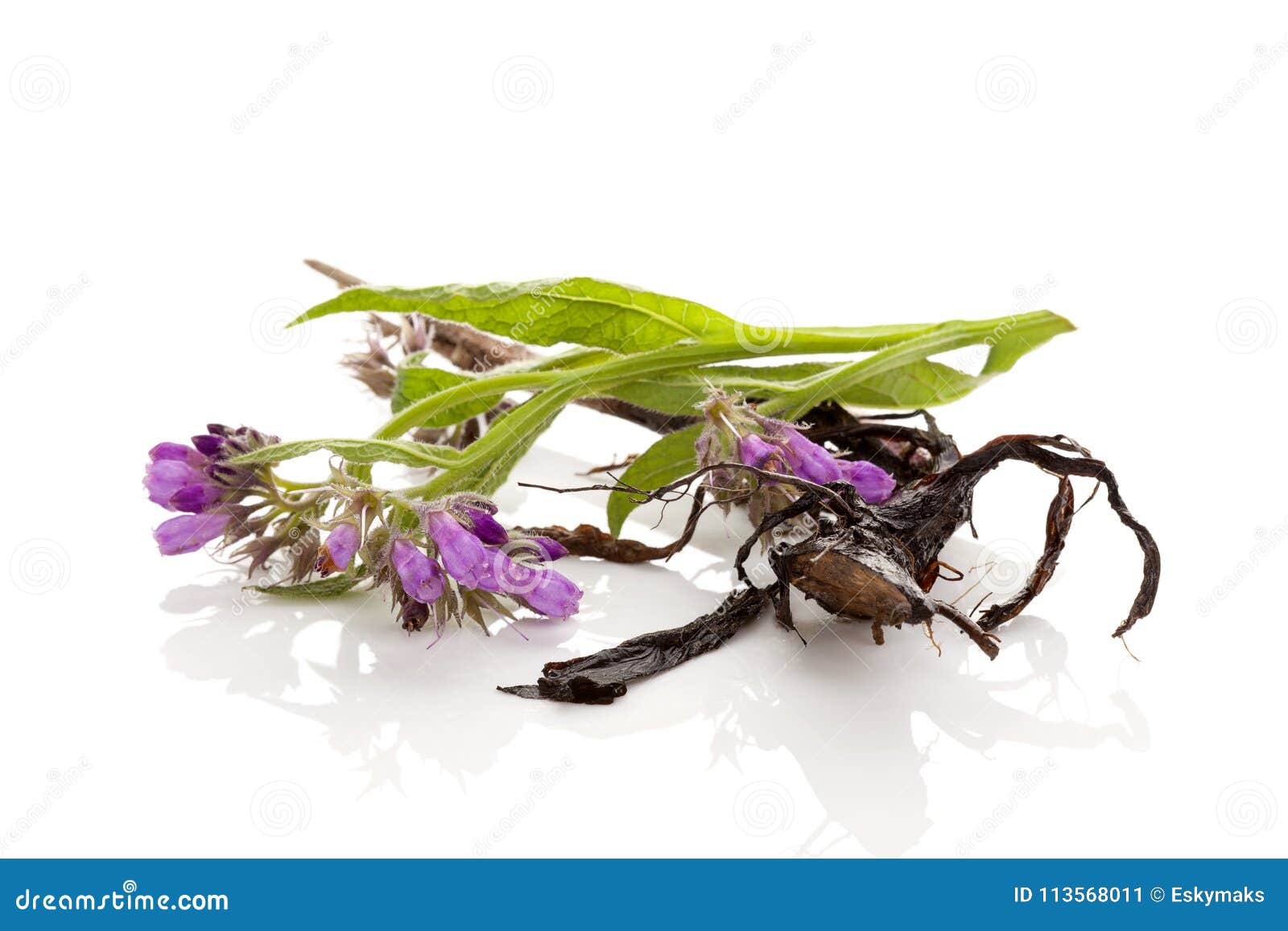


It’s best to leave some plants alone in order to sustain pest predator relationships. Pest predators such as spiders, lacewings and parasatoid wasps associate with this plant. Pest and disease prevention and control – Research indicates that a comfrey solution can be used to prevent powdery mildew. Parasitoid wasps and spiders will hunt on and around comfrey. Lacewings are said to lay eggs on comfrey and spiders overwinter on the plant. When cutting the leaf mass and applying to the soil surface, the mined nutrients are returned and again made accessible to shallower rooted crop plants.īiodiversity – The bell shaped flowers provide nectar and pollen to many species of bees and other insects from late May until the first frosts in late autumn. The nutrients, once taken up from the roots, are relocated throughout the plant as and where needed with some of them ending up in the comfrey leaf mass. Mineral dam – Comfrey has deep roots of up to 2m that utilize nutrients deep in the subsoil that would otherwise wash away with the underground soil water or remain inaccessible to other plants. We’ve supplied 1,000 ‘Bocking 14’ cuttings to Oxygenisis, a business in Germany who are experimenting with using this plant for carbon capture. We also grow in patches as part of our fertility strategy in the market garden and have patches in the wildflower meadows (details below). In our gardens we have Comfrey ‘Bocking 14’ located next to each fruit tree in order to have a renewable source of mulch just where we need it. The plant grows rapidly after each harvest. The plant is excellent for producing mulch and can be cut from 2-5 times per year depending on how well the plants are watered and fed. It’s incredibly effective at stopping the bleeding, reducing the pain and healing the wound.īiomas – Comfrey produces large amounts of foliage from late May (late spring) until hard frosts in October or November (late autumn). Simply take a few leaves brush them together to remove the hairs and wrap them around the wound and apply light pressure. This plant is my first port of call if ever I need to dress a wound.
#White flower comfrey skin
Comfrey has been reported to promote healthy skin with its mucilage content that moisturizes and soothes and promotes cell proliferation. Poultices were made for external wounds and tea was consumed for internal ailments. The Greeks and Romans commonly used comfrey to stop heavy bleeding, treat bronchial problems and heal wounds and broken bones.

Medicinal – Comfrey has been cultivated as a healing herb since at least 400BC. ( Learn more its history on the Balkan Ecology Project blog.) Uses of comfrey
#White flower comfrey trial
Lawrence Hills lived at 20 Convent Lane just around the corner of the trial site. At this site, Hills trialed at least 21 comfrey ‘strains’, each one named after the village Bocking. Strain 14 was identified as being the most nutrient rich, non-seeding strain and ‘Bocking 14’ began its journey into gardens far and wide across the world. The original trial site is on the plot of land now occupied by the Doubleday Gardens housing development.

In the 1950s, Hills developed a comfrey research program in the village of Bocking, near Braintree in the UK. Years later, and after two world wars, Lawrence D Hills (1911-1991) would continue Henry Doubleday’s Comfrey crusade. The plant most commonly referred to and used in gardens is Russian comfrey – Symphytum x uplandicum, a naturally occurring hybrid of two wild species: common comfrey – Symphytum officinale and prickly comfrey – Symphytum asperum.Ī few centuries back, the hybrid Symphytum x uplandicum came to the attention of Henry Doubleday (1810-1902) and he widely promoted the plant as a food and forage crop. is native to Europe and Asia and there are 40 recorded species throughout that region. Introduction to comfreyĪ member of the borage family, comfrey – Symphytum spp.
#White flower comfrey Patch
There’s a plethora of info out there about comfrey but not much detail regarding establishing and managing a comfrey patch so I thought I would write an article to share my experience on this and how we grow comfrey as part of our fertility strategy in the market garden.


 0 kommentar(er)
0 kommentar(er)
